7 Common Grasses that Thrive in Greensboro, NC
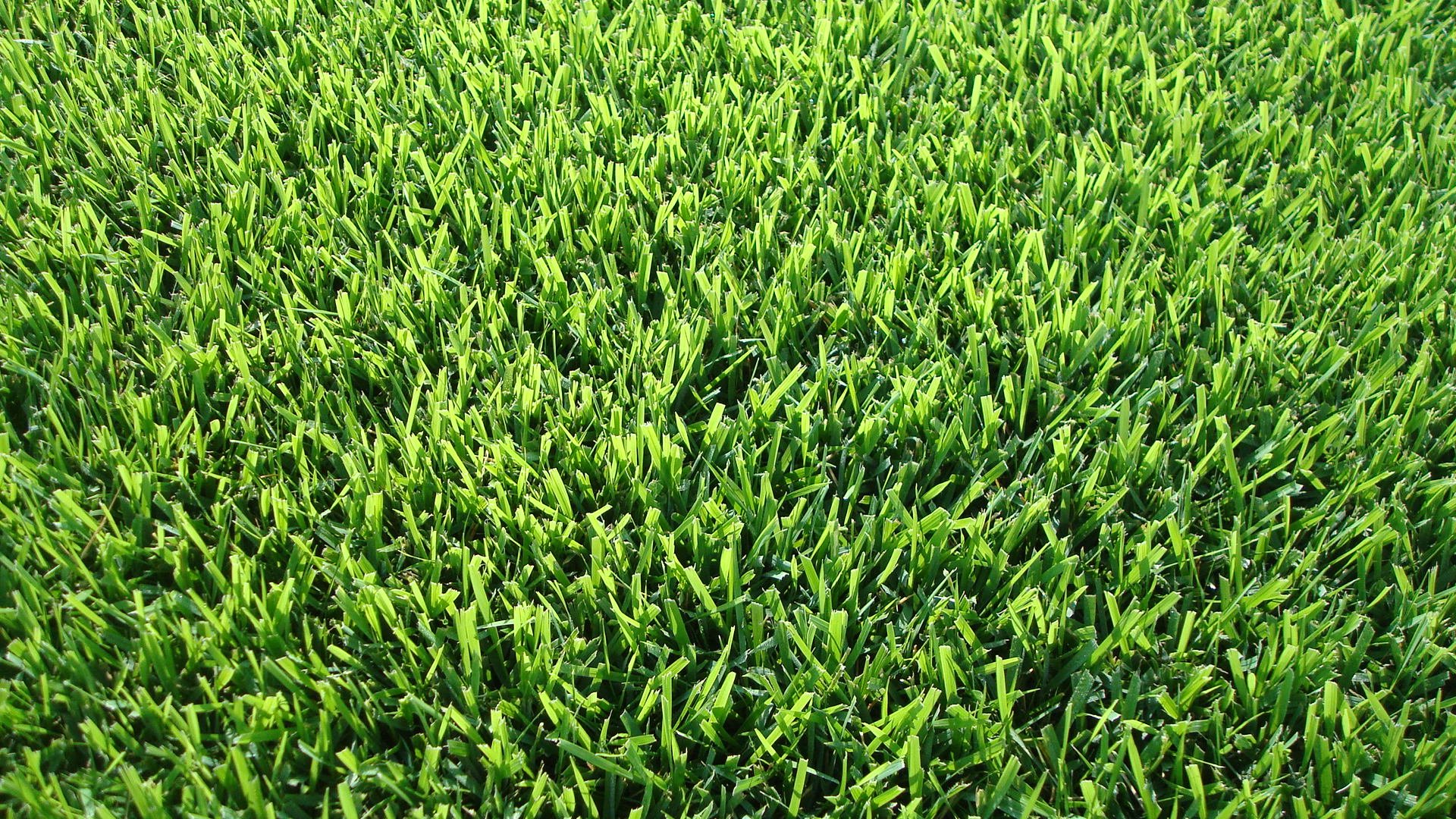
North Carolina is host to an astonishingly wide variety of turfgrasses that thrive in the area, including both warm and cool-season grasses. Greensboro sits in the USDA hardiness zone of 7b, which means that almost any turfgrass can still thrive in its climate. Due to this large variety of grasses, a lawn owner in the area can really choose any turfgrass they want based on the needs of their specific lawn. Whether you need your lawn to be more resilient, resist direct sunlight, or survive in the shade, this guide will walk you through each grass type out there and it’s unique properties.
1. Bermuda Grass
Bermuda grass is a warm season grass with a coarse texture and deep green color, being very well known for its ability to resist wear and tear from foot traffic, as well as its dependance on full sunlight. This resistance to foot traffic is useful for any lawns expecting heavy use, and the grass is also well known for its ability to recover quickly. This grass type is absolutely not shade tolerant however, so if your lawn receives less than 6 to 8 hours of direct sunlight daily, it is not recommended that you use a Bermuda grass.
Mowing Height: 1 to 2 inches
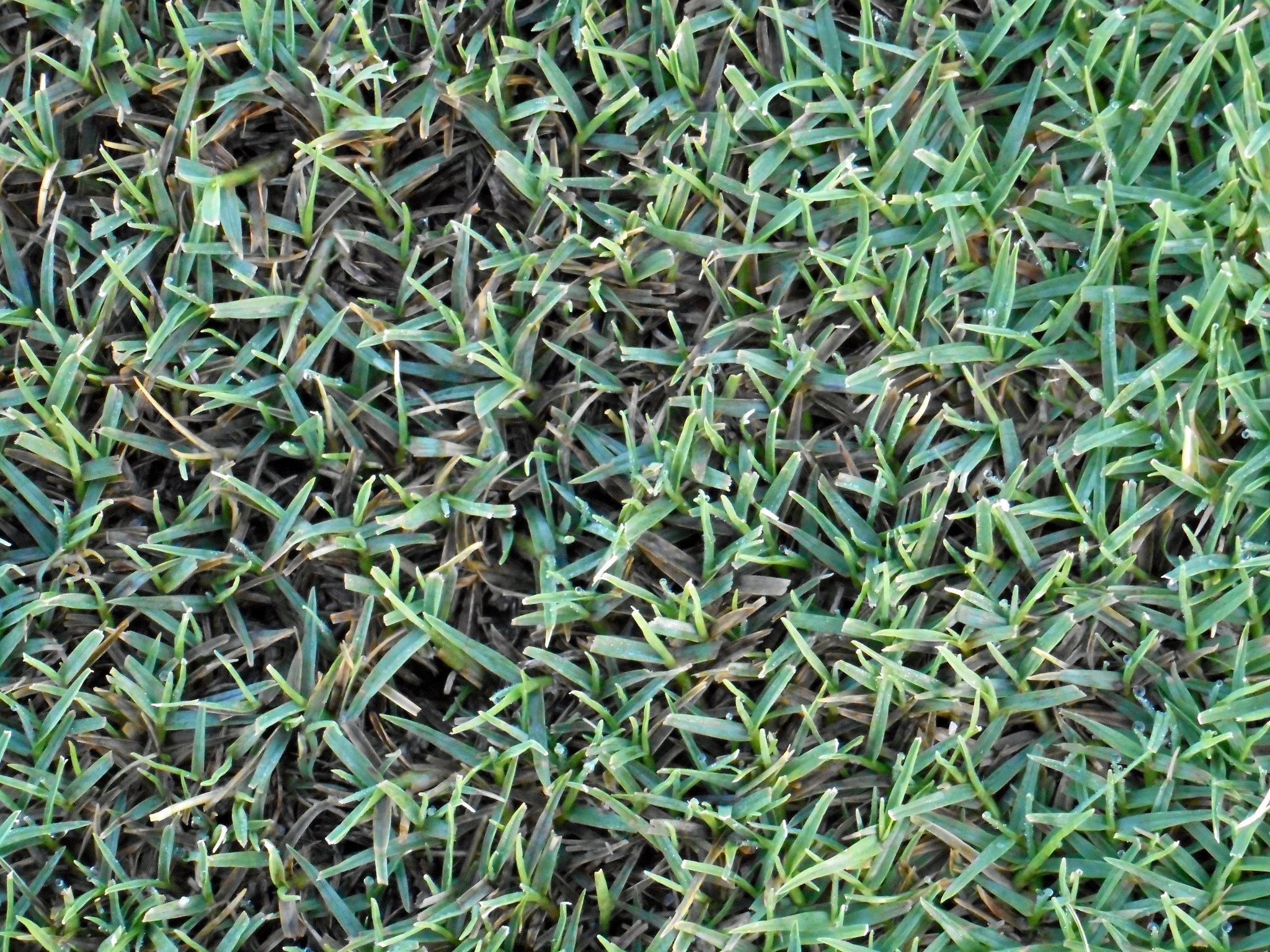
2. Centipede Grass
Centipede grass is a relatively slow growing warm season grass, with an apple-green color, and a very coarse texture. This grass type is very low maintenance, heat resistant, and works as a versatile turf. Centipede grass cannot grow in many soils, making it a rare sight in the United States, however, North Carolina’s soils are perfect for it. For the lawn owner that doesn’t have the time for frequent fertilization applications, this could be the perfect option, however, keep in mind that Centipede grass does not resist foot traffic well.
Mowing Height: 1.5 to 2 inches, allowing it to grow no higher than 3 inches.
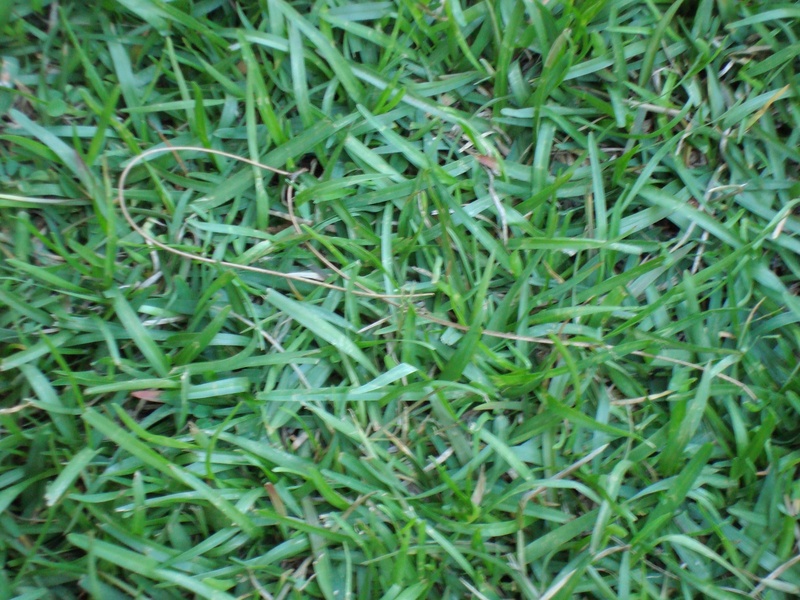
3. Tall Fescue
Tall Fescues are cool-season grasses that thrive in many parts of the United States. This dark green grass with narrow blades is resistant to heat, cold, drought and even shade, making it perfect for a lawn that suffers from seasonal issues and browning. Lawn owners will often mix tall fescue seeds in with their already existing turf, as this adds a bit of weather resistance to the lawn as a whole. This is an excellent option for any lawn near Greensboro.
Mowing Height: 2 to 3 inches
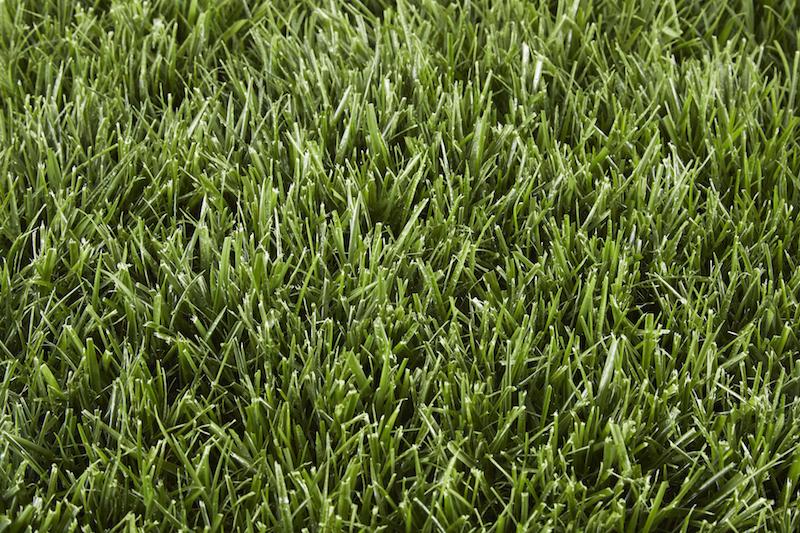
4. Fine Fescue
Fine Fescues get their name from their dark green, incredibly finely textured blades. These cool season grasses are shade and drought tolerant, while also thriving even in poor soil conditions. However, these grasses tend to bunch together rather than spreading, so it is recommended to mix fine fescue seeds in with tall fescue or Kentucky Bluegrass seeds to fill out an entire yard. Fine Fescues are not recommended for a lawn receiving more than 6 to 8 hours of direct sunlight, and do not resist foot traffic as well as other grasses in the area.
Mowing Height: 1.5 to 2.5 inches when mixed with Kentucky bluegrass, 2.5 to 3.5 inches when mixed with tall fescue.
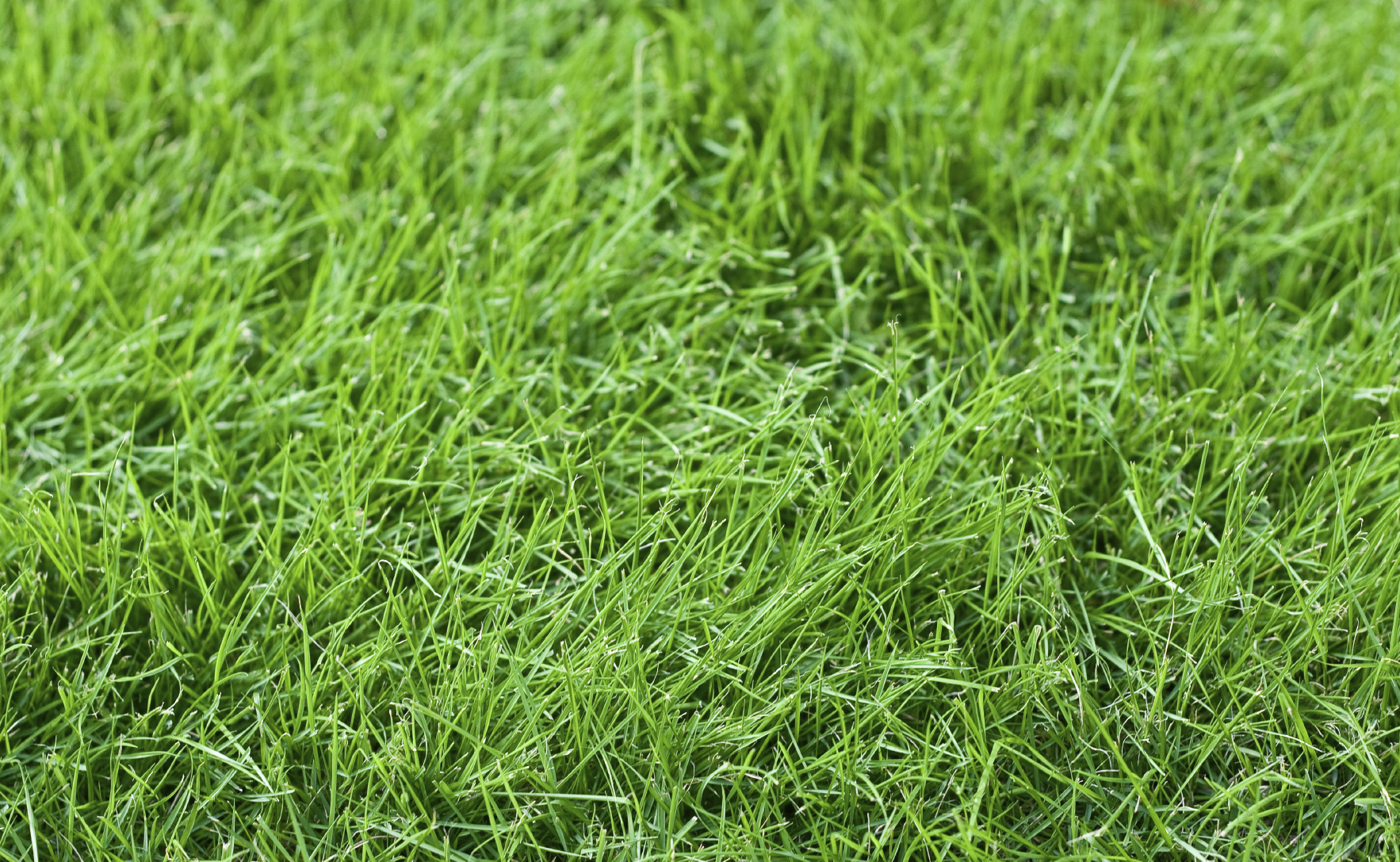
5. Perennial Ryegrass
Perennial Ryegrass is a cool season grass that is best used when overseeding other turfs, due to its fast germination rate. Typically perennial ryegrass is mixed with Kentucky bluegrass turfs in order to fill in dirt patches that form, while also allowing it to become more resistant to extreme weather. However, ensure your lawn receives at least 6 hours of direct daily sunlight before planting these grasses, due to its mild shade tolerance.
Mowing Height: 1.5 to 2.5 inches when mixed with Kentucky Bluegrass.
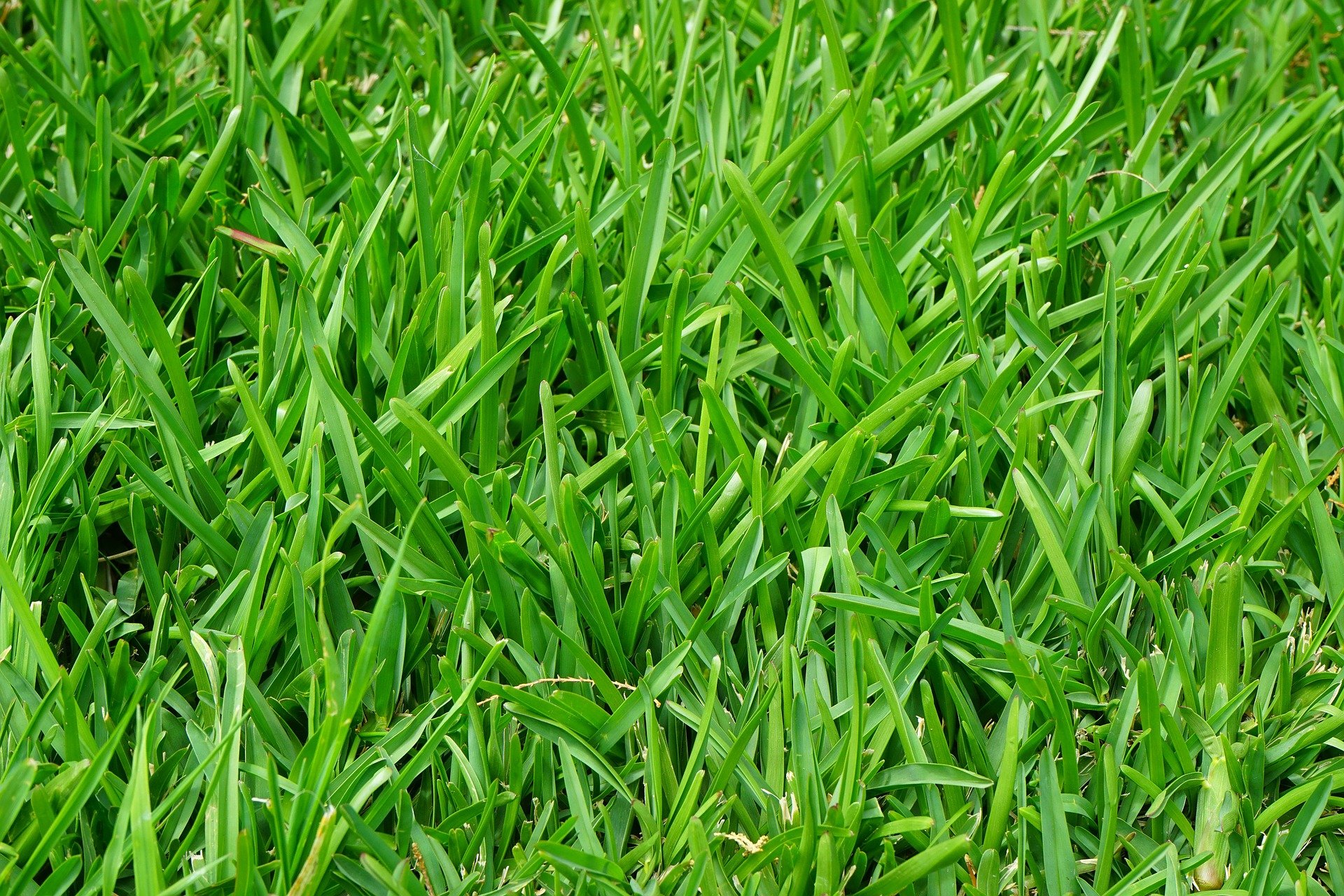
6. Kentucky Bluegrass
This incredibly popular cool season grass is finely textured, with a strong resistance to cold. Near Greensboro, if planting this grass type, it is recommended to mix it with Tall Fescues in order to add more heat tolerance to your lawn, as Kentucky Bluegrass does not survive well in hot conditions. However, this grass does resist pests nicely, as well as moderate amounts of foot traffic.
Mowing Height: 1.5 to 2.5 inches, or 2.5 to 3.5 when mixed with Tall Fescues.
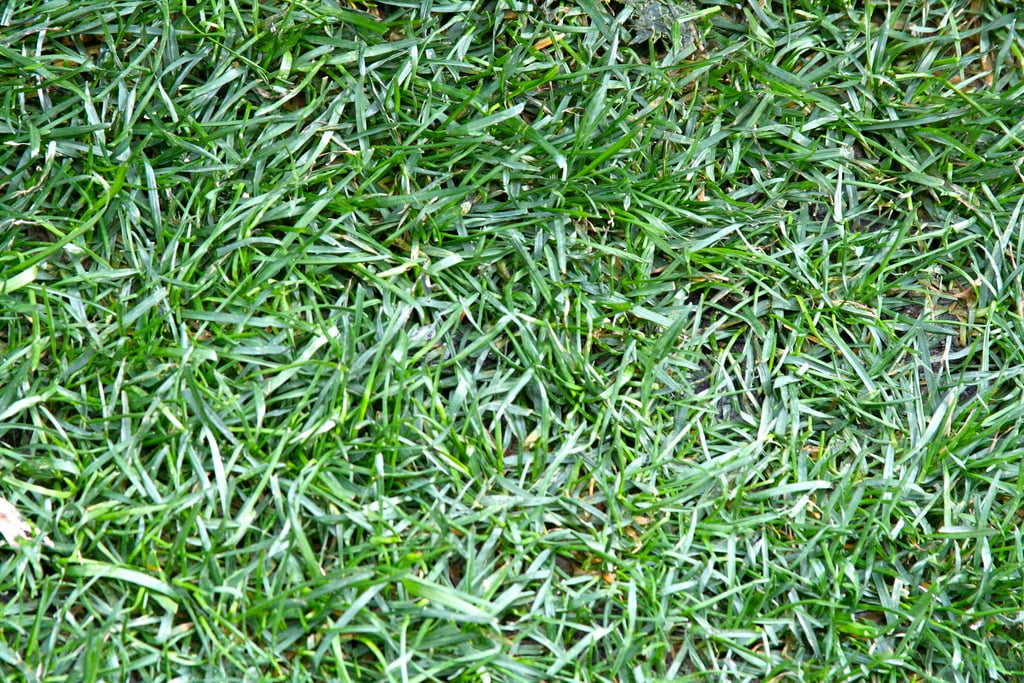
7. Zoysiagrass
This warm season grass produces an incredibly dense, dark green turf in warmer climates. Zoysiagrass actually has a very high tolerance for heat and drought, and requires less frequent mowing than other warm season grasses. However, as its grasses are typically denser, it is recommended that the turf be cut only with a sharpened lawn mower. Providing a thick cushioned feeling for those walking over it, Zoysiagrass resists foot traffic very well and is great for lawns that see heavy use.
Mowing Height: 1 to 2 inches
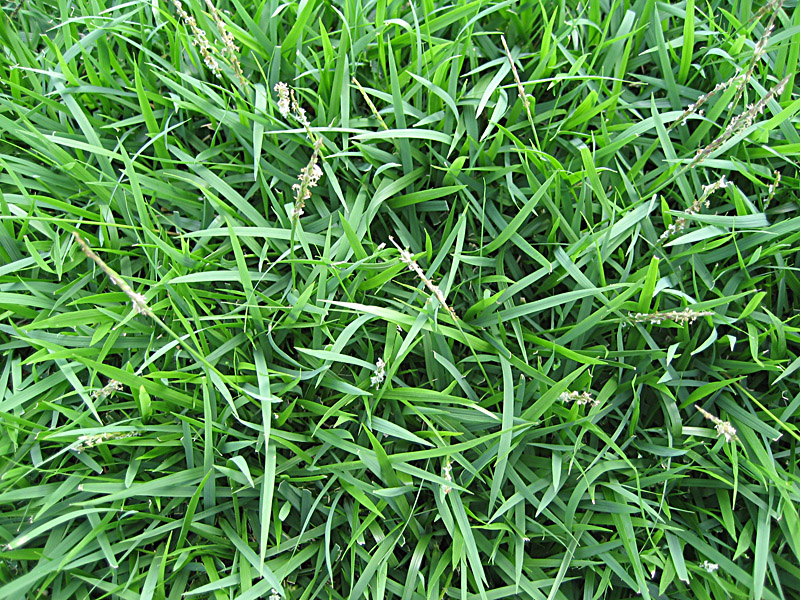
For more information about how to maintain your grass, check out our Greensboro lawn care page.
Areas we service near Greensboro